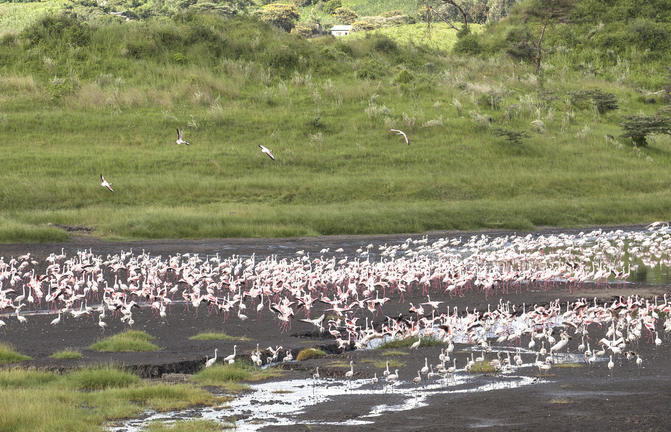
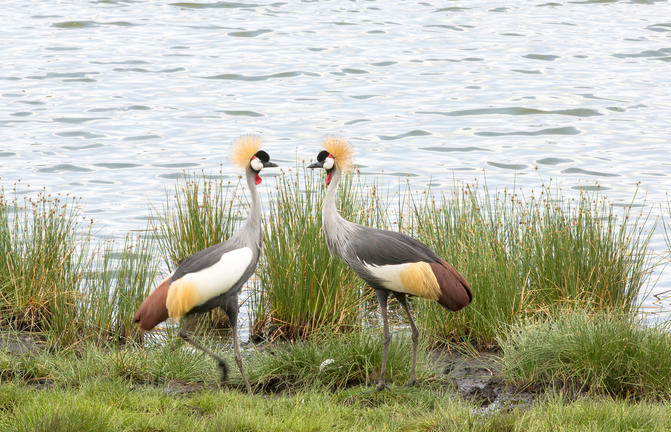
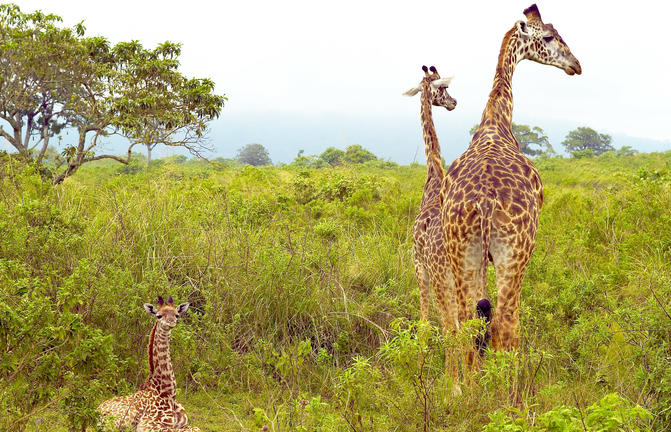
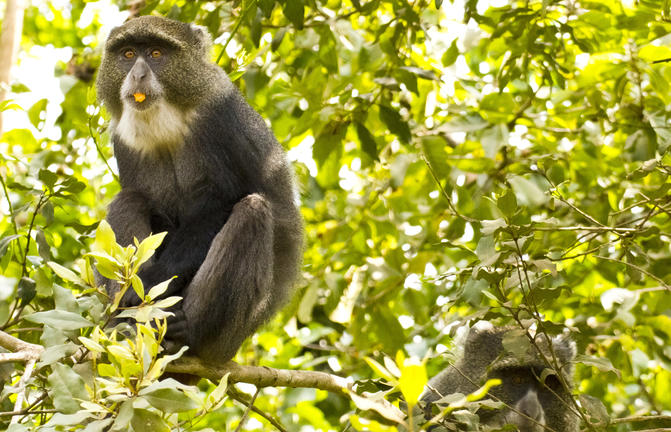


Set 23 kilometres east of Arusha, Usa River is the capital of Tanzania’s Meru District and lies between the Ndurdoto Crater and Arusha National Park. Dotted with numerous eco-lodges and other accommodation options, the town provides an ideal base for exploring the magnificent surrounding natural landscapes. Visit the seven Momela Lakes to see vast swathes of pink flamingos, and look out for buffalos and waterbuck. The park offers an array of safari tours and the chance to see unique primates such as blue monkeys, albino baboons, and colobus monkeys (this is the only place in Tanzania’s northern safari circuit where they can be found). The spectacular Mount Meru is a fantastic achievement to climb and provides unparalleled vistas of Kilimanjaro. At Usa River’s Cultural Arts Centre, take part in drum-making and Tanzanian cooking classes or visit traditional Maasai and Meru bomas.
After Tarangire, Manyara is the second park that one passes when heading by road from the town of Arusha towards Ngorongoro andSerengeti. The main road passes right by the only entrance gate, meaning that no diversion at all is necessary, and the park is relatively small, meaning that it can easily be sampled reasonably well in just a few hours.
With the Lake on its east and the Manyara Escarpment to its west the Lake Manyara National Park offers breathtaking views and a large variety of habitats. Acacia woodlands, water forests, baobab strewn cliffs, algae-streaked hot springs, swamps and the lake itself. And thanks to this the small Park is able to support a large number of animal species and incredible bird life. Manyara has the largest concentration of baboons anywhere in the world and the lions here are also renowned for their tree climbing.
Approaching from the southeast the road crosses open steppe, with the line of the great rift valley escarpment looming increasingly up ahead, the mountains of Ngorongoro beyond. Lake Manyara is at the foot of the rift off to the left side. As the road reaches the rift it enters the suddenly verdant and well watered areas around the small town of Mto wa Mbu, before passing the entrance to the park itself.
The main road continues past the gate and immediately ascends diagonally up the rift valley escarpment. Towards the top of this ascent broad views open out over the park. Immediately below lies the groundwater forest, leading out onto open acacia woodland down towards the lake shore. The rift escarpment itself runs off to the south, with the park quickly reducing to a thin sliver of land between the foot of the cliffs and the water. Beyond stretches the vast flat steppe, south towards Tarangire and dotted with various freestanding hills and mountains in the distance.
Although there are other more dramatic sections of the escarpment in both the Natron and Eyasi areas, nowhere else is it accompanied by such a verdant and game-rich environment. The atmosphere deep within the park, especially morning and evening, is quite magical, with wonderful views out across the flamingo covered waters.
Lake Manyara Gameviewing
The short rains in November should have seen the migrant game starting to move out of the park in search of better grazing in the hinterlands beyond. So many of the elephant, zebra, wildebeest and giraffe will have left, often followed by some of the predators.
That leaves the focus on resident game, of which there is a good range. Some of the most habituated elephant remain in the groundwater forest, as do the majority of baboon. The lakeshore should still play host to buffalo and hippo in particular.
The birding remains very strong.
Lake Manyara Visitor traffic
Although the peak traffic of the Christmas season will have subsided, the presence of the migration herds on the southern plains of the Serengeti continues to attract visitors into the region, most of which will visit Manyara on the way north. The park therefore experiences relatively high traffic volumes at this time and you need to be prepared for considerable vehicle clusters around the park gate and picnic site in particular.


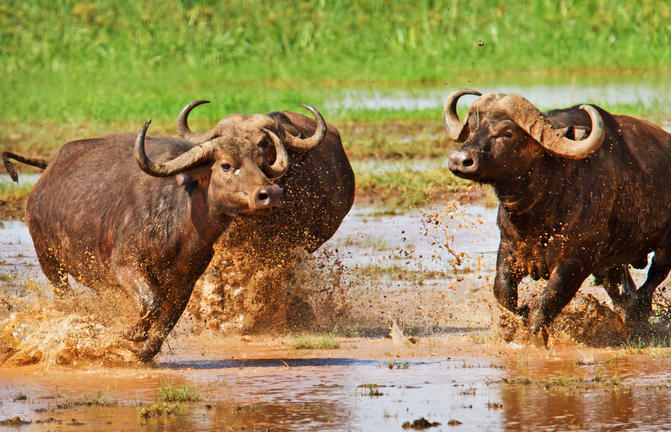







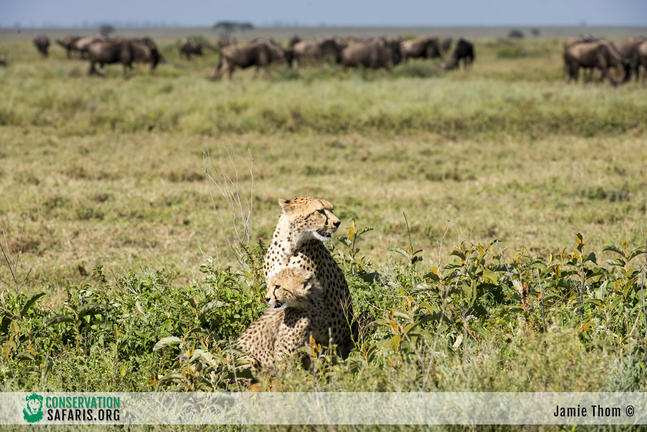
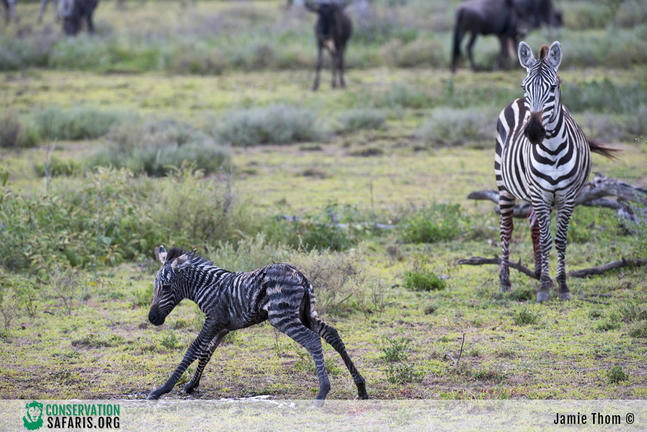

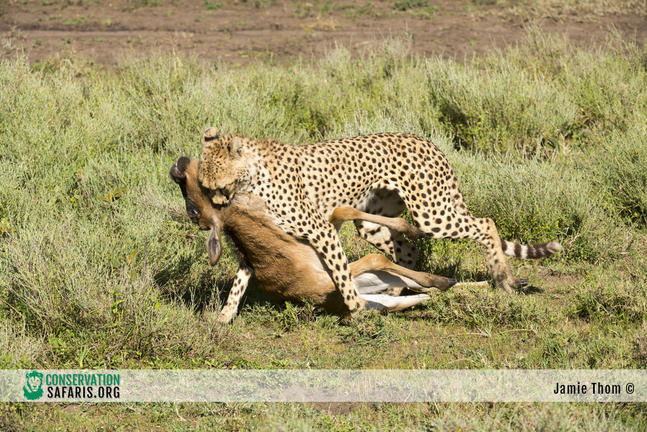
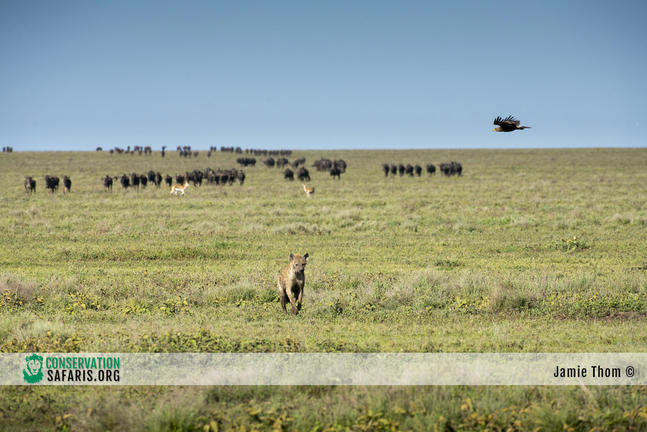
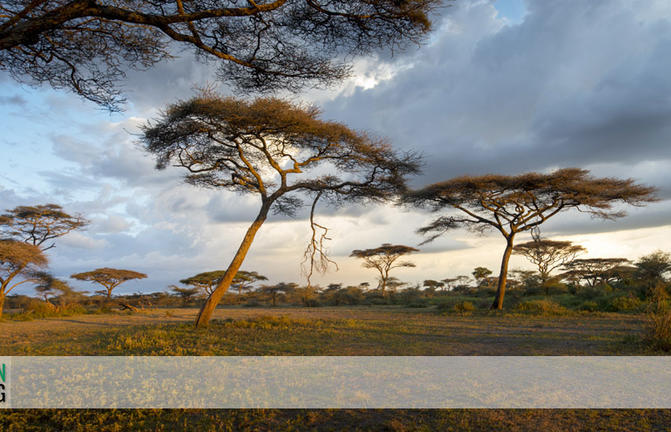


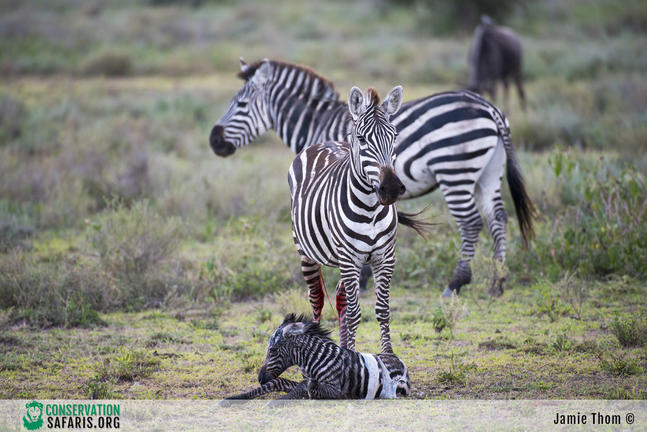

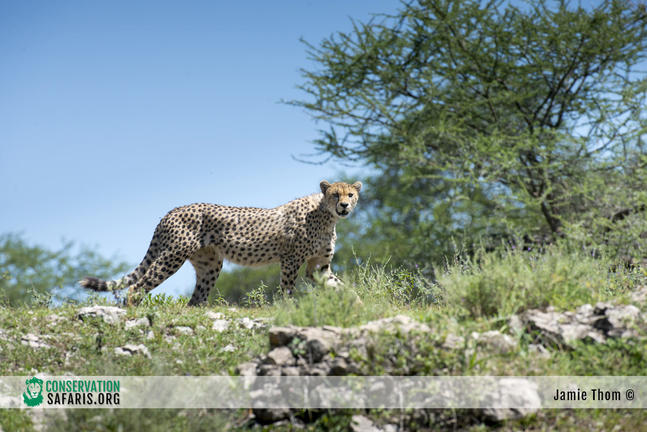

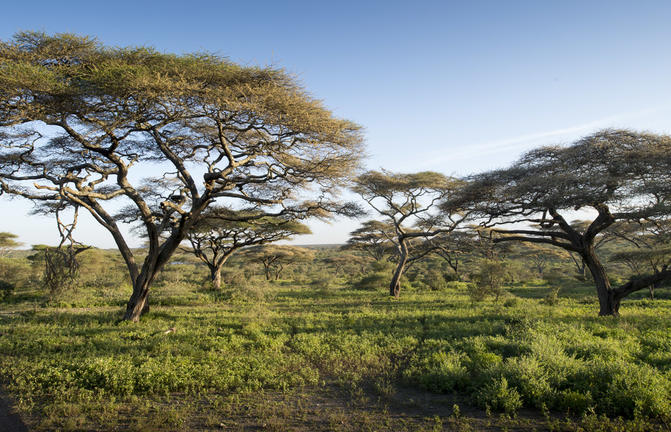
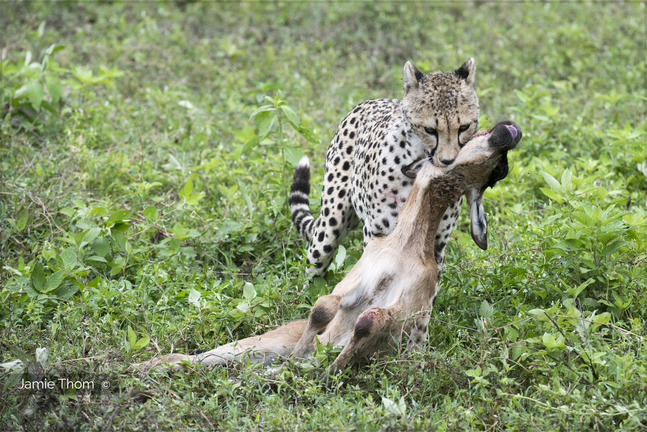
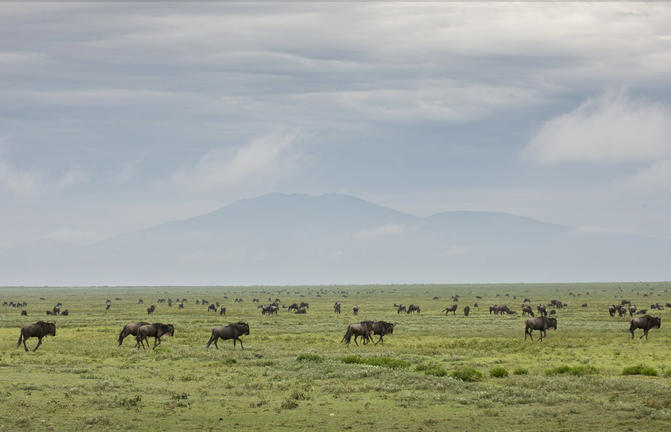
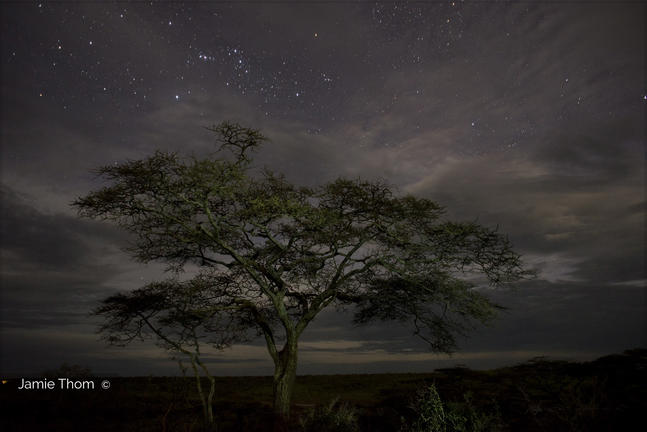
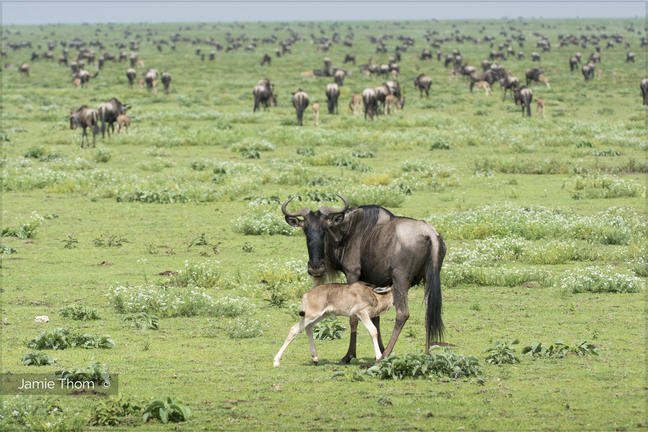
Set in the Arusha Region, Ndutu is situated in the northern part of the Ngorongoro Conservation Area within the magnificent Serengeti. The surrounding landscapes are covered in sweeping grasslands which provide the perfect habitat for the migratory route for hundreds of thousands of wildebeest, antelope and zebra. Visitors can look forward to exploring the forest around Lake Ndutu, spotting an array of wildlife, and visiting the fascinating archaeological site at the Olduvai Gorge. Don’t miss the opportunity to jump on a game drive to view the spectacular herds of the annual Great Migration, enjoy a scenic hot air balloon ride over the plains and take a guided tour with the local Maasai and learn about culture and traditions. Other commonly spotted species include: leopard, lion, cheetah, caracal, serval, African wildcat, and a variety of prolific birdlife.
The Serengeti together with Kenya’s Masai Mara Game Park form Africa’s most famous wildlife park. The image of acacia trees on an endless grass plain epitomises Africa for many, and then add a Masai warrior and some cattle to the picture and the conversation need go no further. Unlike the southern plains of the Serengeti that dry out, forcing all but the hardiest of species to leave, the Northern Serengeti has water throughout the year and this is what attracts the migratory herds north. The wildebeest migration is the largest mass movement of land mammals on the planet – with more than a million animals following the rains. From July through to October the Migration is in the Northern Serengeti and this is where many of the most famous scenes of the Migration occur with almost daily crossings of the Mara River. But that is not where the game viewing ends; large prides of lions, elephants and giraffes in grasslands, gazelles and eland to mention but a few.
Please see our destination videos -
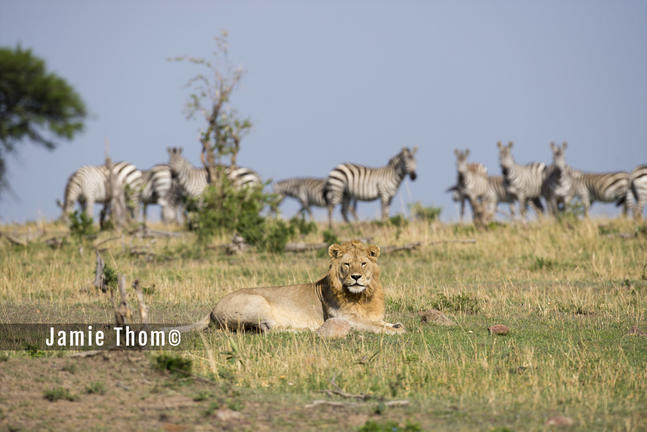
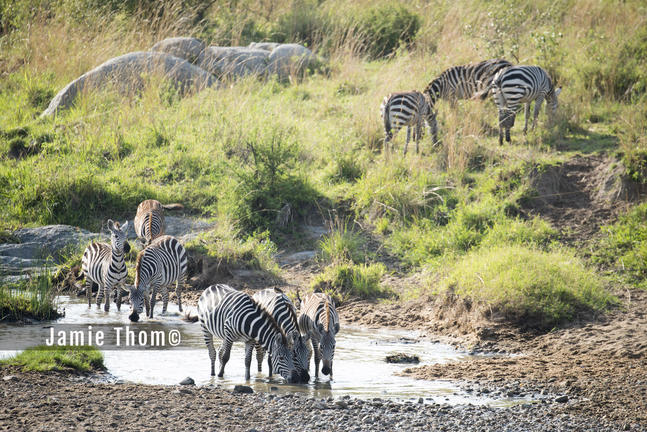
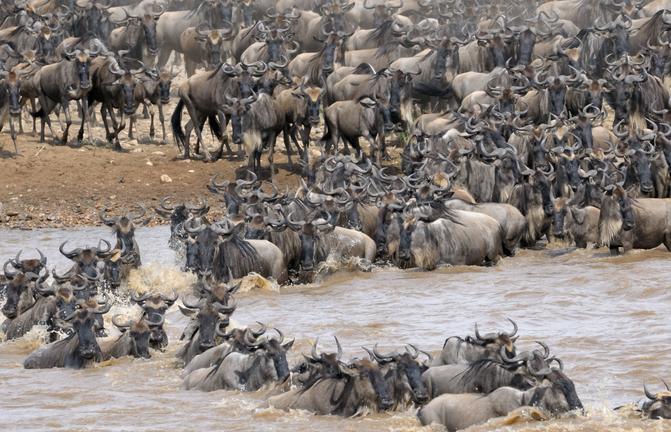
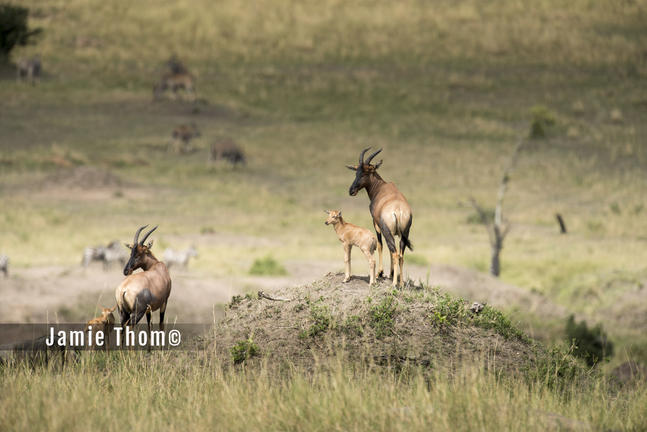


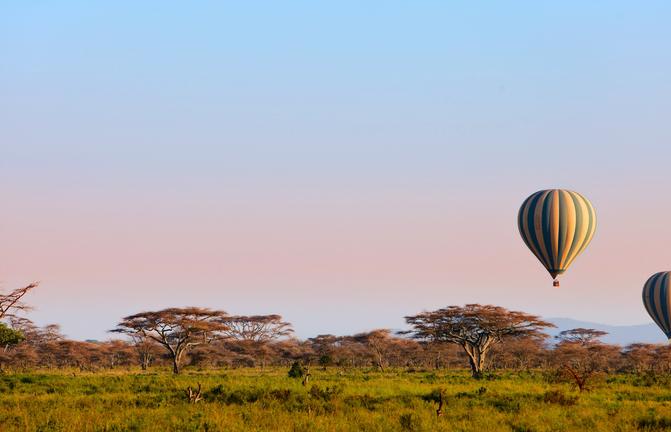
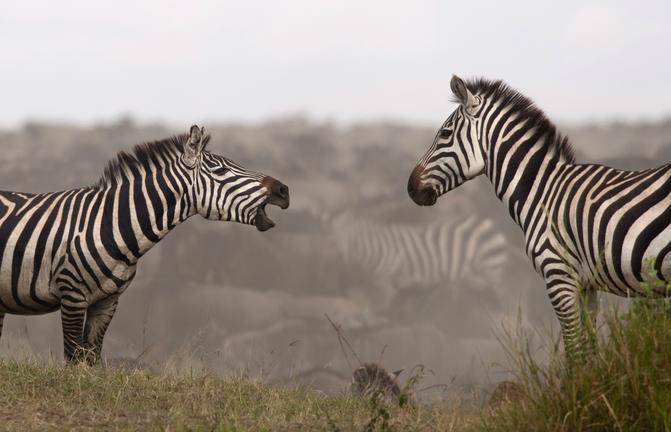
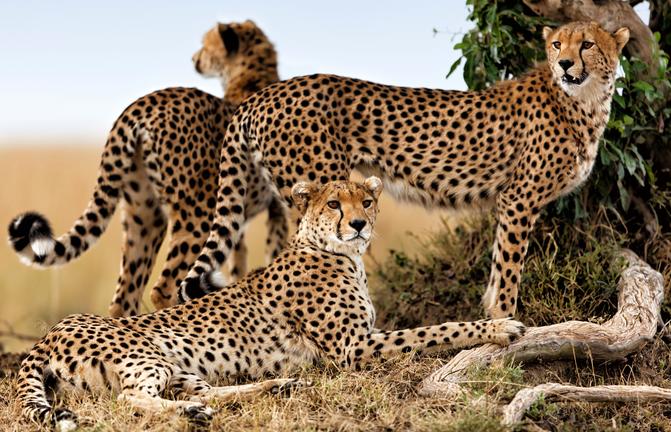
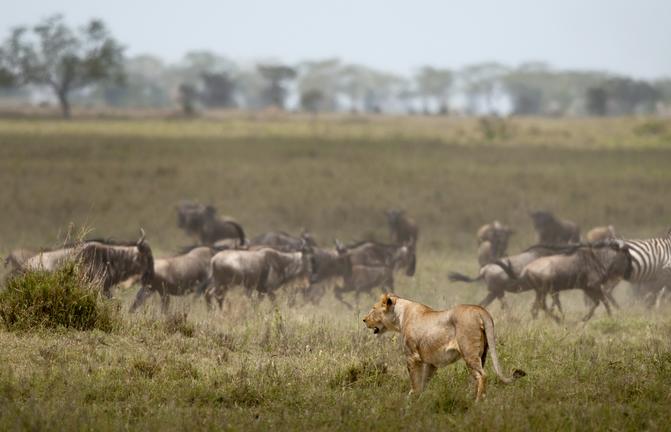

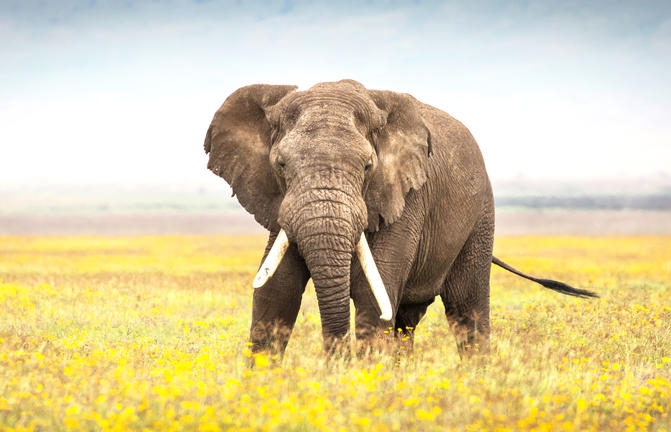
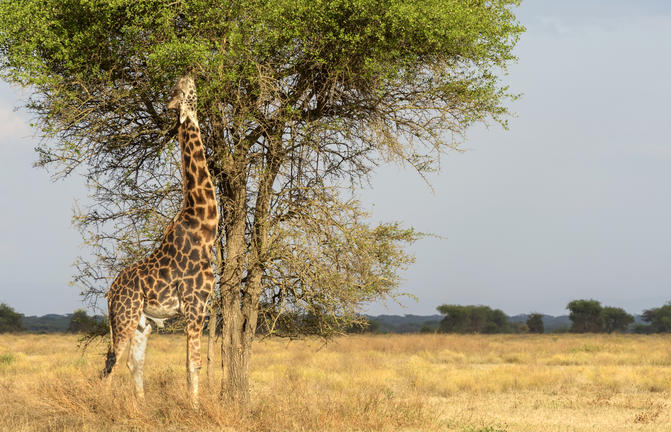
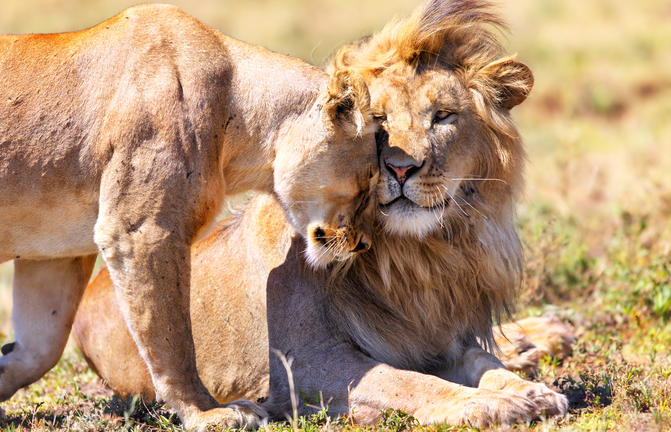
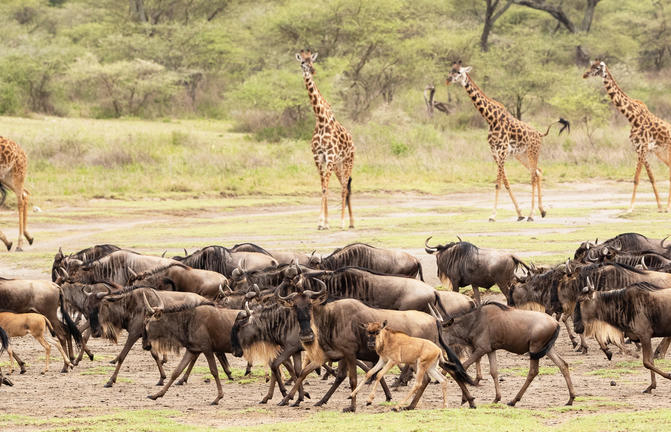
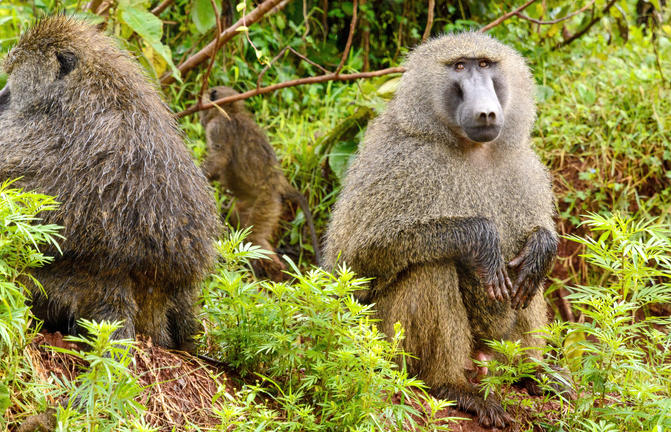
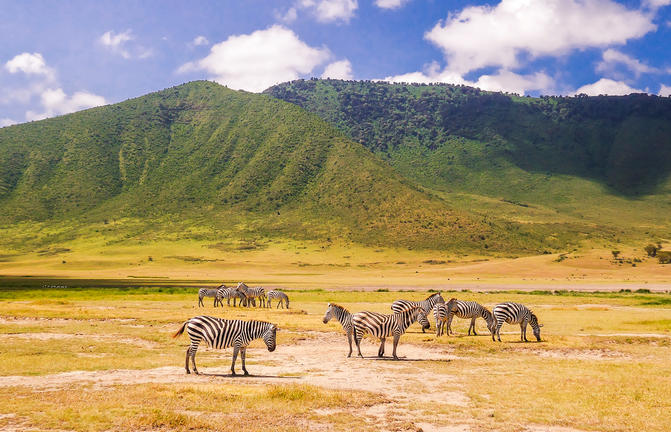
Travellers heading for the Serengeti and Ngorongoro Crater will pass through the town of Karatu in the green hills of Tanzania’s northern highlands. Presided over by the towering Ol Deani Volcano, this small, colourful town serves as a popular overnight stop for visitors exploring the area’s many game parks. The town offers a variety of activities including browsing the bustling marketplace, sampling beer at a local brewery, visiting a traditional homestead, or taking a guided walk through the Ngorongoro Forest in search of waterfalls and caves. Whether you are looking for cultural tours, hiking and biking opportunities, a chance to enjoy an authentic rural Tanzania experience, or simply a break between safari game drives, this underrated town has plenty to offer.



